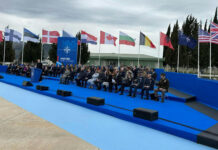The global and European security environment is characterised by instability and unpredictability. Crises in distant regions may have both short- and long-term impact on Hungary’s security, increasing the number and scope of threats and challenges to our country. Overall, the global security environment is deteriorating. The shifting balance of power is accompanied by a renewed intensification of great-power rivalries and an increased risk of confrontation.
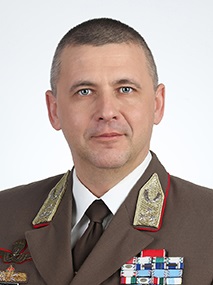
Credit: Hungarian MoD
In the 21st century, while the purpose of war remains unchanged, the theatres, forms and means of war are broadening with its characteristics changing and increasingly extending to the non-military dimensions of security. Although, the use of military force remains a priority, states are seeking to minimise military confrontation in time and space, and incidents that do not rise to the level of armed conflict and are difficult to monitor are increasingly coming to the fore. In such so-called hybrid warfare, state and non-state actors seek to advance their interests to the detriment of the opposing side through the coordinated use of military and non-military means for a specific strategic objective, and may take steps to exacerbate the challenges and crises threatening Hungary.
To the East, Russia has become more assertive with the illegal annexation of Crimea and the destabilisation of eastern Ukraine, as well as its military build-up close to NATO’s borders. To the South, the security situation in the Middle East and Africa has deteriorated, causing loss of life, fuelling large-scale migration flows and inspiring terrorist attacks. We are also confronted with the spread of new technologies and weapons of mass destruction, cyber-attacks and threats to energy supplies as well as environmental challenges with security implications.
In order that Hungarian Defence Forces will be able to provide appropriate answers to the above-mentioned challenges, the adaptability must become one of its core competencies beside the ongoing overarching modernisation and readiness.
Current Condition of the Hungarian Armed Forces
Addressing the challenges posed by the most-capable adversaries generally calls not for a larger force, but rather for a force that is equipped with appropriate modern weapons and has well trained human resources and support assets that can be postured for responsive and resilient operations in any theatre of potential conflict. Technology trends outside of the military domain are moving at an unprecedented pace, which require a more agile and innovative approach on behalf of our own defence forces. This innovative mindset, along with strategic investments in human resources and military technology, can empower the military to stay ahead of the curve, foresee emerging threats and respond effectively in real-time.
Today, the dynamics of defence innovation often work the other way around, and the Hungarian Defence Forces are determined to understand the evolving military technology landscape. It is a critical part of our defence planning, considering that it is a factor that shapes the ways and means by which wars are waged. Hence, it is our utmost priority to conceptualise and precipitate changes in what is perceived to constitute military conflict, and condition the role of defence institutions in preventing, preparing for, engaging in and moving away from conflict.
The current state of the Hungarian Defence Forces is fundamentally shaped by the fact that less attention and fewer resources were allocated to the cause of national defence during the period following the Cold war and the political changes in Central and Eastern Europe. As major – primarily Soviet-made – weapons systems reached the end of their lifecycles, they could only be replaced in certain cases, whereas entire military branches and the related know-how disappeared almost completely. In parallel, former defence industry capacities were also substantially reduced, and the defence mobilisation capacity of the national economy was essentially dismantled.
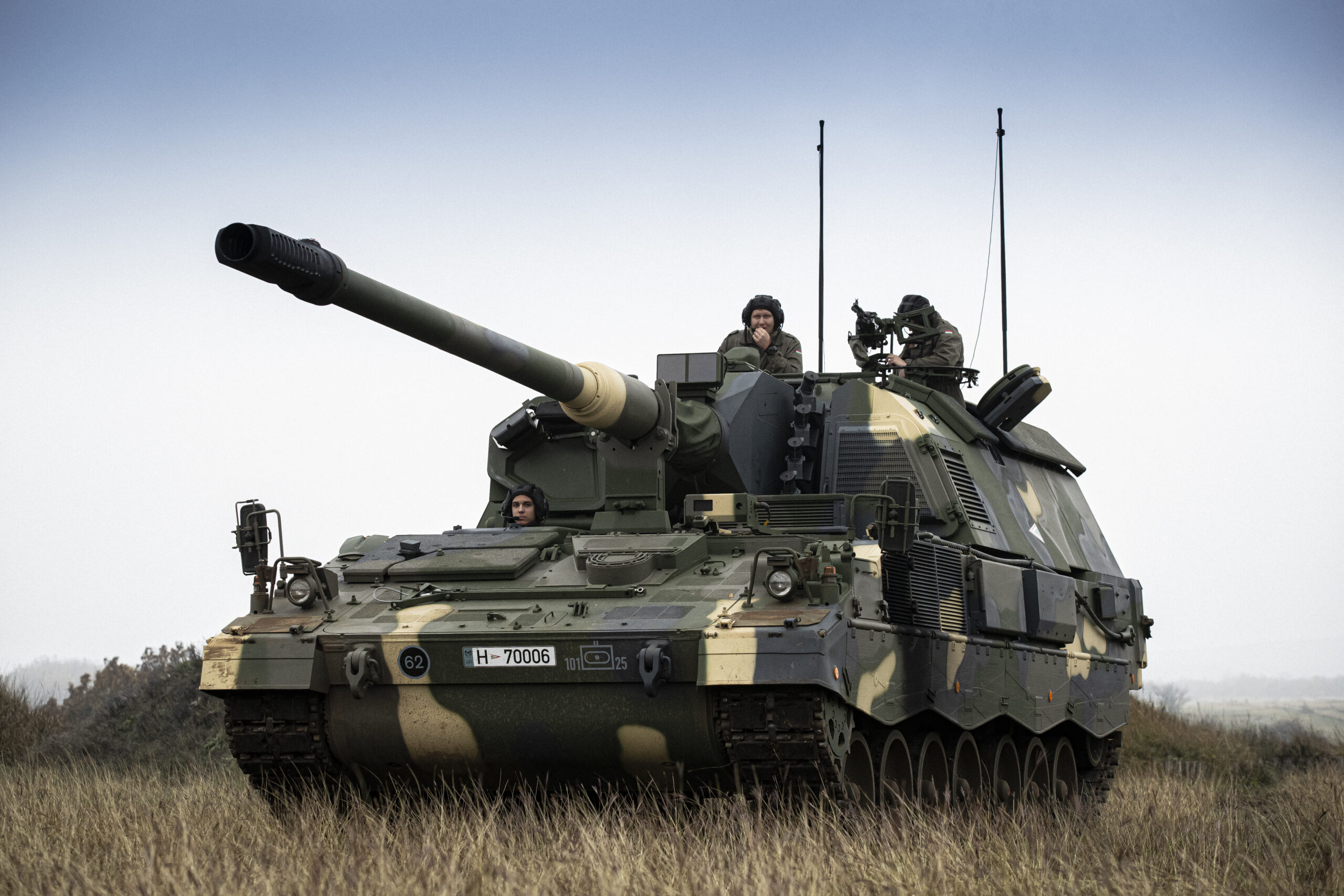
Credit: Hungarian MoD
Having taken indispensable information regarding from the Russo-Ukrainian War, we have a clear vision that those weapon systems have to be replaced with immediate effect. We often say that the development of the armed forces is not a promise, because we can already see the new military equipment coming in. Besides the upgrade of the ‘big hardware’, individual tactical gears have also been renewed. And, of course, Hungary’s Defence and Military Development Programme – launched in 2017 – is going to continue in 2023 as well.
The successful operation of modern armed forces requires the development of a committed and competent personnel with high quality training, education and continuous training, based on targeted knowledge elements, and with adequate physical fitness and mental resilience. In Hungary, too, the demographic challenges faced by developed societies – ageing, emigration, changes in the working capacity and physical endurance of the population – are factors that determine the military fitness of the population. The growing demand for human resources in the global and domestic labour market also poses a further challenge to the Hungarian Defence Forces.
Commander’s Vision
Building security is a long-term endeavour that requires long-term investment. The defence of a country is built on complex and interdependent security elements comprising economic, political, social, environmental, cyber and information dimensions alongside the military aspect. Today’s state and non-state threats and challenges may occur across the full spectrum of these security dimensions in many combinations, and therefore defence cannot be treated in isolation from other aspects of security. Addressing security challenges goes beyond the competence of individual sector ministries and requires cross-governmental cooperation, while military capabilities will continue to play a key role in the implementation of home defence tasks.
These changes put pressure on international security systems, organisations and procedures tailored to former conventional dimensions of warfare, which therefore need to be modernised in light of new security threats. International (political, legal, economic, security and defence policy-related, arms control, etc.) regimes, together with NATO, the EU and their respective Member States, including Hungary, must continually and flexibly adapt their ends, ways and means to an ever-changing environment.

Credit: Hungarian MoD
The Hungarian Defence Forces in the near future is going to be an organisation with state-of-the-art equipment, a high degree of mobility, and rapid reaction capability, one that is capable of constantly developing, adapting itself, and being renewed at the same time. In addition to being authentic, open, well-informed, agile and – last, but not least – resilient, it can carry out its tasks either on its own, or within Alliance frameworks.
My primary focus for the Hungarian Defence Forces is on continuous development. Our aim has always been to reinstate the capabilities of the armed forces to the previous levels and to further develop them. We are reaching this goal with the acquisition of the newest high-tech technologies, however, at the beginning of my tenure as Chief of the Defence Staff I outlined that our biggest priority should be maintaining a form of development through which these capabilities remain in our capacity, and which through we transform the forces. It is our utmost priority that this cycle of transformation and modernisation becomes a second nature when it comes to force planning, ensuring that we remain at the ‘top of our game’.
Our security challenges: Migration
In the 21st century, challenges posed by non-state actors are becoming more and more persistent, and the Hungarian Defence Forces contributes to their mitigation primarily at their point of origin, by participating in crisis management operations. The spread of radical ideologies and terrorism within Europe and on its periphery poses a major threat. This may lead to the launching of conventional and non-conventional attacks even against Hungary, or the targeting of Hungarian citizens, interests, military operations and missions abroad. This includes attacks and acts of terrorism caused by disruptive technologies falling into unauthorised hands and thereby endangering national security.
Currently and in the foreseeable future, the most probable threat is a mass increase of migration overburdening government systems and law enforcement agencies, mainly from the Western Balkans route, but also from other directions affecting Hungary. This kind of “modern exodus” has serious consequences for the security and stability of Europe, including Hungary, while simultaneously posing national security, public order, humanitarian and public health risks. During a migration crisis, the Hungarian Defence Forces will act in support of the law enforcement forces. The Hungarian Defence Forces participates in the mitigation of the root causes of illegal mass migration (weak/failed states, ethnic and religious conflicts, extremist ideologies, climate change, the uncontrolled proliferation of weapons, the unilateral intervention of external actors, etc.) as part of the state’s broader security and defence policy toolkit, within an international coalition.

Credit: Hungarian MoD
The Western Balkans
Peace in the Western Balkans is one of Hungary’s most important security policy interests, since it is at once a guarantee of European peace. In view of the security policy interests of the country, Hungarian troops have been participating in operations conducted in the Balkans since 1995. Hungary has been contributing staff officers and troops to the ongoing NATO-led KFOR operation since 1999. Hungary has been on the side of peace since the beginning, but the defence of the country requires strength and preparedness, and we must participate in peace support operations in the framework of the Alliance.
The Western Balkans have always been a region of outstanding importance to Hungary, and two-thirds of all our troops deployed on foreign missions are serving in the Balkans Joint Operational Area, in Kosovo and Bosnia-Herzegovina. Providing assistance in this region is among Hungary’s strategic priorities.
Key Developments
In our volatile and unpredictable security environment, crises can develop unpredictably directly on Hungary’s borders, in our intermediate region or at strategic distances. In a modern globalised world, even distant crises can rapidly spill over into the region and the territory of the country, undermining the security of citizens and the homeland, as the migration crisis of 2015 demonstrated. In addition to non-military means, the aggressive use of military force is playing an increasing role in the arsenal of state actors. This particularly justifies the reinforcement of national resilience and the strengthening of the capabilities and preparedness of the armed forces, with a view to successfully accomplishing armed defence and collective defence tasks as and when required, and typically international crisis management operations for common causes.
Due to the current state of the security environment the establishment of our new Force Modernisation and Transformation Command (FMTC) was pivotal. FMTC is an integral part in the development and transformation process of the Hungarian Defence Forces. It is one of our main priorities to have an institutionalised entity that helps define the future military context, identifying challenges and opportunities in order to innovate and maintain a warfighting edge, to ensure maximum interoperability, and to provide structure and priority to our forces through defence planning, education and individual training as well as capability development.
Transformation of the Hungarian Defence Forces
According to plans, the first long-range tactical transport military helicopter and the new radar systems are scheduled to arrive. In addition, the numbers of the PzH self-propelled howitzers and the Lynx infantry fighting vehicles are going to increase further. Moreover, we are continuously ‘scanning’ the world to see what items of military equipment can fit into the development of the Hungarian Defence Forces.
Moreover, having been recently introduced, the Lynx armoured combat vehicles represent state-of-the-art technology; they will enter service with the Hungarian Defence Forces on the first occasion and are to be manufactured in Hungary as well. Furthermore, this year the air defence branch will receive radar systems of the kind that are used in the Israeli Iron Dome. The missiles related to them will safeguard the airspace of Hungary.

Credit: Hungarian MoD
One important element in the Hungarian Defence Forces’ development program is the creation of the combat-worthy, strong armed forces, which conform to NATO’s concept for deterrence and are able to guarantee peace and the citizens’ security. The importance of proportional contributions to the high-readiness response forces of NATO and the EU has significantly increased due to the radically changed security environment. High-readiness reaction forces actively contribute to improving the security of the Euro-Atlantic region, and possess the necessary tools to prevent and manage an armed conflict. That is why it remains in Hungary’s interest to continue contributing to such formations. As a result of capability developments, the Hungarian Defences Forces must become a well-equipped, highly mobile rapid-reaction force capable of immediate, swift and effective intervention within both national setup and allied frameworks. Furthermore, the Hungarian Defence Forces has to be able to provide significant contributions to high-intensity joint alliance operations, which serve as the basis for flexible, tailored participation in low-intensity (peace support, crisis management, etc.) operations as well. National and multinational military exercises demonstrating our military capabilities, together with multinational formations in different constellations, are effective tools of deterrence and defence, so we must preserve such participations.
National resilience
Ever since the fall of the Soviet Union and the reduction of our military, it is our utmost goal to rebuild the trust and relationship with civil society, to the degree that it becomes prepared and resilient in case of crises. The most important component of defending our homeland is a security-conscious society, prepared for its tasks to the necessary degree.
This means that the establishment of wide-spread, structured networks and cooperation systems exercised already during peacetime is of vital importance, as are the addressing and involvement of citizens themselves. Like many other states, we have a long way to go in this regards, but have put down the basis for it to work properly in the future.
Defence Industry
Zrínyi Defence and Force Development Programme (hereinafter referred to as the Zrínyi DFDP) will create a military force worthy of a millennial state, increasing the security of Hungarian citizens, and the military-industrial capacities necessary to maintain it. As a result of the force development, Hungary’s military self-reliance will increase significantly, which is crucial not only for its self-defence and deterrence capabilities, but also to remain an effective contributor to regional, European and transatlantic security efforts.
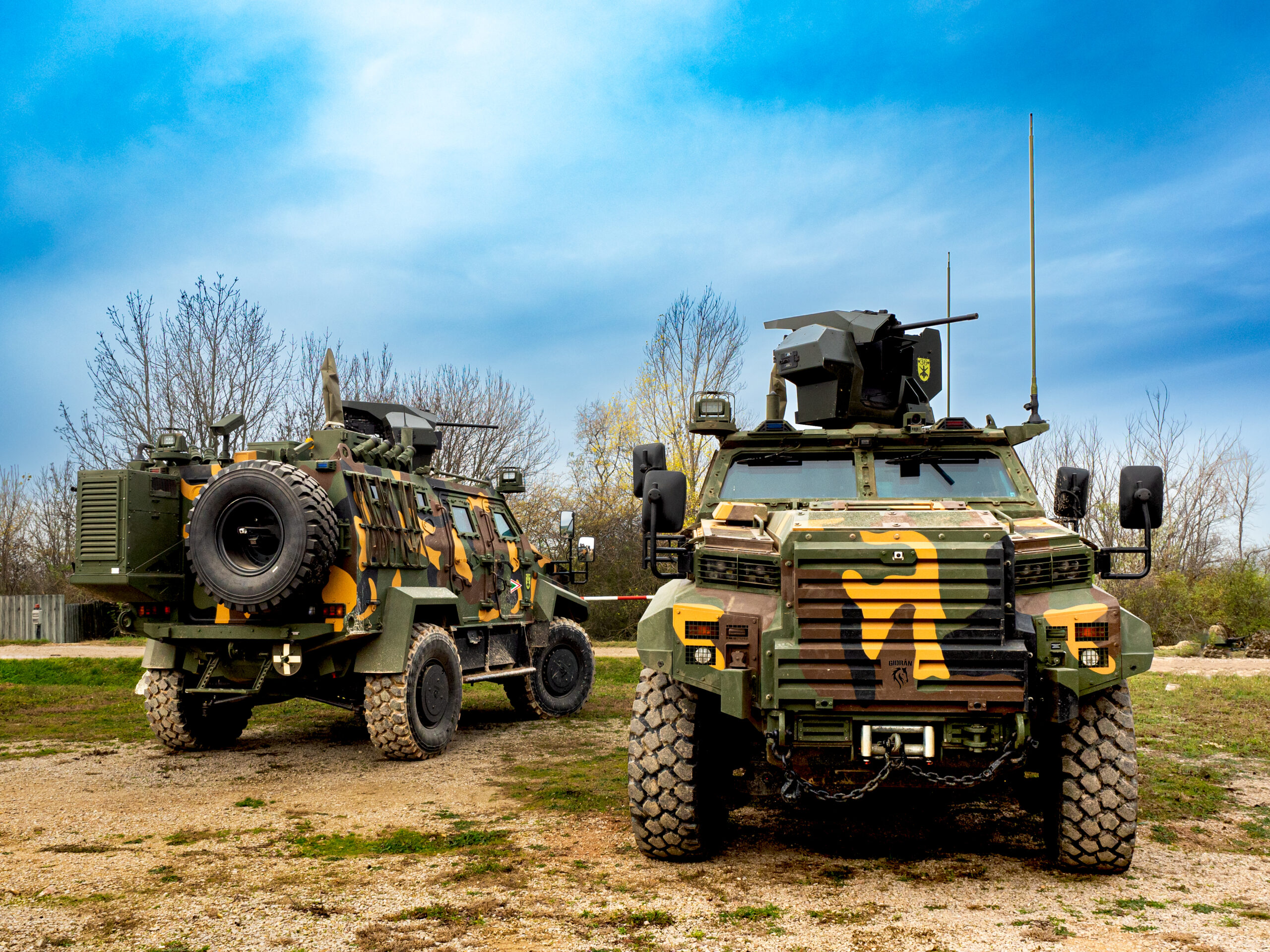
Credit: Hungarian MoD
Hungary’s strategic objective is to develop the Hungarian Defence Forces by 2030 so as to become a credible and capable force in the region which, as a member of NATO, can ensure the country’s security, deter any eventual aggression, support the joint defence by the Government against military and non-military threats and challenges, and fulfil its responsibilities as a member of the Alliance and the European Union. Zrínyi DFDP provides the framework for achieving this. In parallel with the implementation of the comprehensive programme, it is a national strategic priority objective for Hungary to become the key defence industrial centre of the region.
We have drawn the military lessons from the Russo-Ukrainian conflict, and they show up in the development of the armed forces as well. For example, the role of drones has risen to prominence, and the direction of developing the armed forces has gained more importance. We give priority to increasing the personnel numbers of their armed forces, to the use of Western technology in replacing the earlier Eastern orientation and dependence, and the development of capabilities. Another important aspect is that we give preference to domestic defence industry to the greatest possible extent.
Enhance international cooperation
In view of Hungary’s close integration into the European and Euro-Atlantic security architecture, the development of the capabilities of the Hungarian Defence Forces should pay special attention to maintaining and enhancing the ability and readiness to cooperate with allied and EU forces. This is an important prerequisite for the defence of Hungary and Europe within the alliance framework, as well as for the effectiveness of participation in operations, missions and other tasks building up national defence capabilities and management for the stability of the surrounding areas, and thus also for the success of deterrence and defence and resilience.
The maintaining of capabilities offered to NATO and the European Union, together with the long-term provision of contributions to international military operations, is a priority for the Hungarian Defence Forces.

Credit: Hungarian MoD
The war in Ukraine had shown light on the severity of the problem that European nations are capable to sufficiently replenish stocks of ammunition in the long run. It is in the strategic interest of all European armed forces, and so of the Hungarian Defence Forces, too, not only to keep adequate ammunition stocks but also to ensure their secure and continuous replenishment. To counter this issue, Hungary is to join the seven-year “Collaborative Procurement of Ammunition” project arrangement of the European Defence Agency (EDA), which jointly coordinates the procurement processes by aggregating European demand. Through this, Hungary and other nations will be able to provide better accessibility and lower prices in meeting the strategic ammunition needs of the Hungarian Defence Forces, which in return will at once contribute to creating markets for the Hungarian munitions factory to be built in the future.
The Way Forward
Our level of ambition does not decline, and we continue to need foreign missions due to the fact that this is how we can be valuable partners in the alliances. On the other hand, we are looking for opportunities to carry out new tasks in foreign missions so we can gain experience.
Threats and challenges arising from this changing security environment necessitate the maintaining of close transatlantic ties, as well as the improvement of the defence capabilities of European states, including those of Hungary. Transatlantic cooperation, in accordance with Article 3 of the Washington Treaty, is based on the coordinated development of allied forces and ensures the credibility of the collective defence enshrined in Article 5 of the Treaty through the continued interoperability, readiness and combat readiness of national forces.
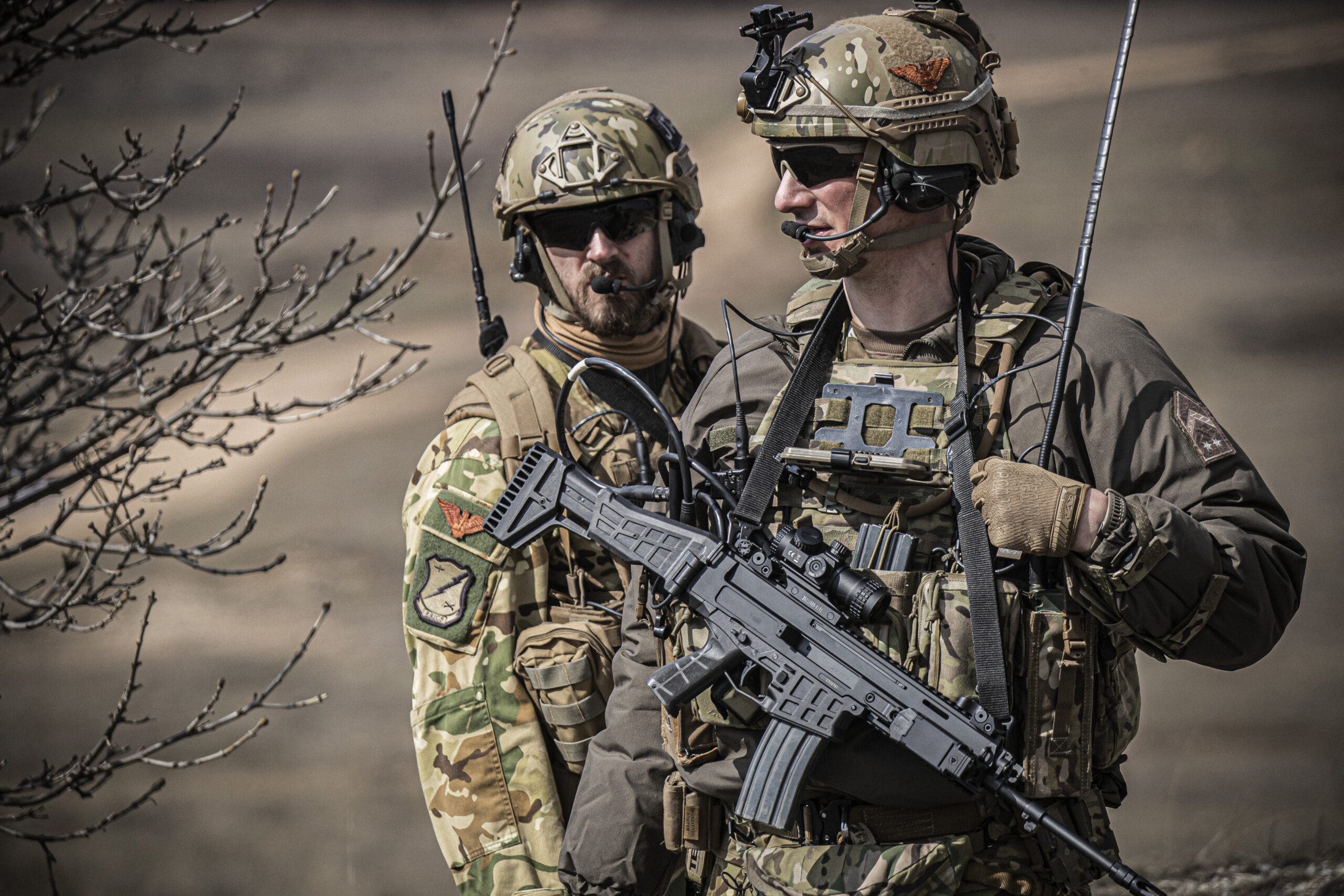
Credit: Hungarian MoD
The need to develop European defence capabilities is further underscored by the fact that Europe – apart from guaranteeing its own security – must also act as a security provider in neighbouring (crisis) regions in order to prevent or mitigate threats. The strengthening of CSDP could facilitate the management of crises erupting in the peripheries, as well as increase the efficiency of European defence industry synergies and we are standing firmly behind this initiative.
The Hungarian Defence Forces must become a sustainable military force that meets the requirements of the times, that is renewed in its approach, organisational culture and defence technology, that is well organised, that respects and preserves national traditions, that can be deployed effectively independently and within the framework of the Alliance and the European Union, and that strengthens its capabilities with a reserve system. It must have state-of-the-art equipped and trained troops, as well as flexible, adaptable, effectively deployable and sustainable defence capabilities to carry out its domestic and international tasks.
Lieutenant General Dr. Romulusz Ruszin-Szendi









